Packing Tape
June 27, 2011

Fresh, new, noisy (and very effective) performance art by the artistic team of Jennifer Allora and Guillermo Calzadilla at the US pavilion of the Venice Biennale 2011.
A few years ago I made a promise to myself. I would no longer stay in hotel rooms in which I would be ashamed to die. I’m pretty sure this was not an original thought but I don’t remember who came up with that delightfully clever phrase. So what has this got to do with the 2011 Venice Biennale? Read on and I’ll try to explain.
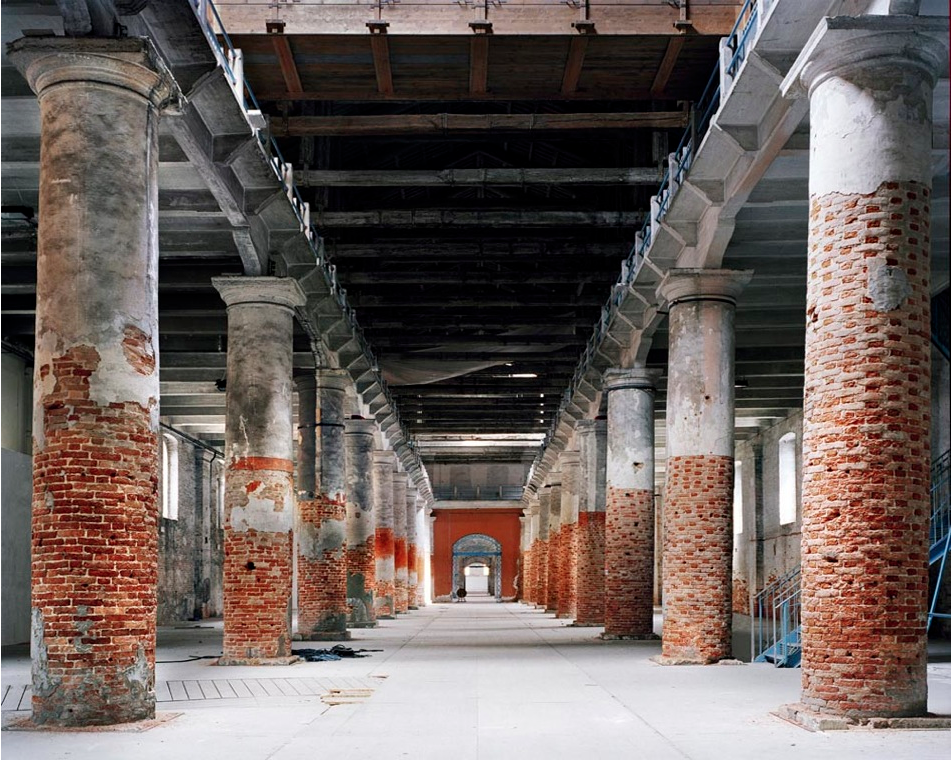
The Corderie section of the Arsenale in Venice was part of the largest manufacturing complex in Europe prior to the Industrial Revolution. Now it is a wonderful, if gigantic, showplace for Art. Photo by Luca Campigotto
This year, like every year, the art in Venice is a mixed bag. You wander through the two main venues and you always find something you like and occasionally find something you really love. As you probably already know, the two main venues are the Arsenale (a massive, gorgeous series of buildings from the 14th or 15th centuries where Venice’s legendary mercantile vessels and warships were constructed. The buildings alone make you gasp and are always a pleasure to see) and the Giardini where, for over a hundred years now, countries from all over the world have made little art pavilions in a large scale Venetian garden and have filled them with the best new talent and art their cultures can produce. This, at least, is the noble aspiration.
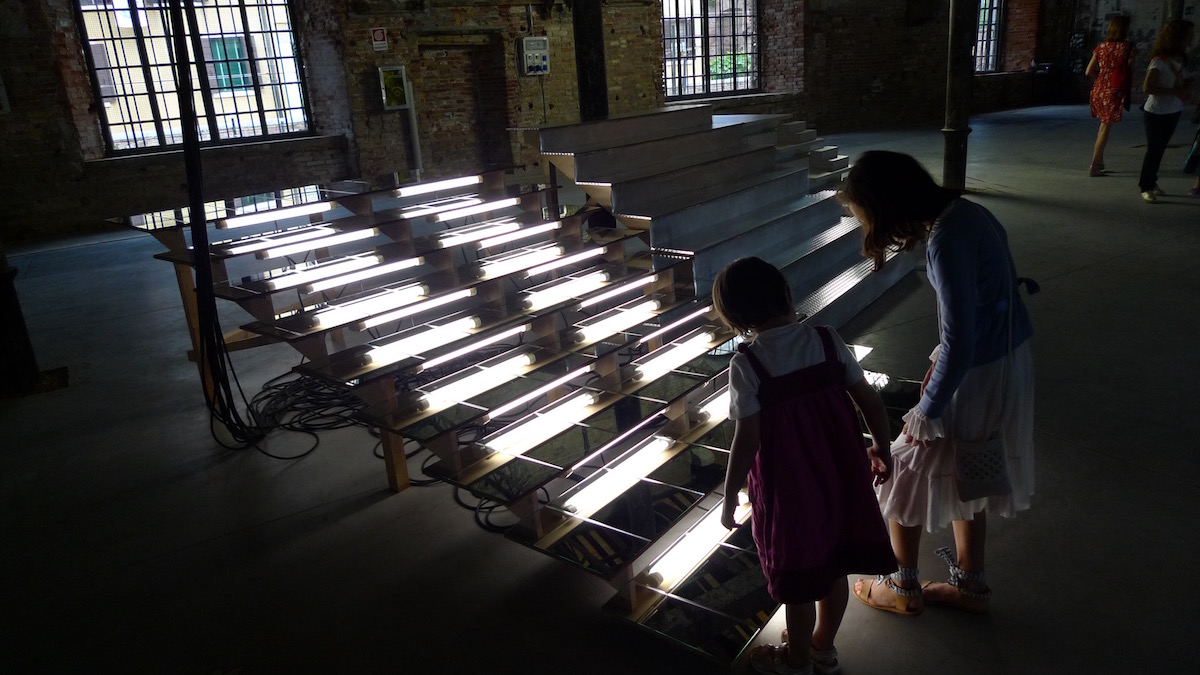
Two children check out a stair-stepped fluorescent light sculpture by Venetian artist, Monica Bonvinci, in the Arsenale. She has a well-done video for your enjoyment, click the photo to view it.

Also in the Arsenale, Swiss artist, Urs Fischer, creates a gigantic wax faux marble replica of the classical sculpture, “Rape of the Sabine Women” by Giambologna (1529–1608). He then lights an embedded candle wick and lets it slowly drip for six months.
But Venice gives you even more. All over the city are additional installations, sometimes in fabulous, usually closed, palazzi. It is a giant scavenger hunt. There is always the small victory of finding the place, and often a larger joy in seeing a building or a neighborhood you never knew existed. These buildings by themselves are often a marvelous discovery. You enter closed gardens where the intricate wrought iron gate is actually open and you can see what treasures bloom behind those old stone walls.
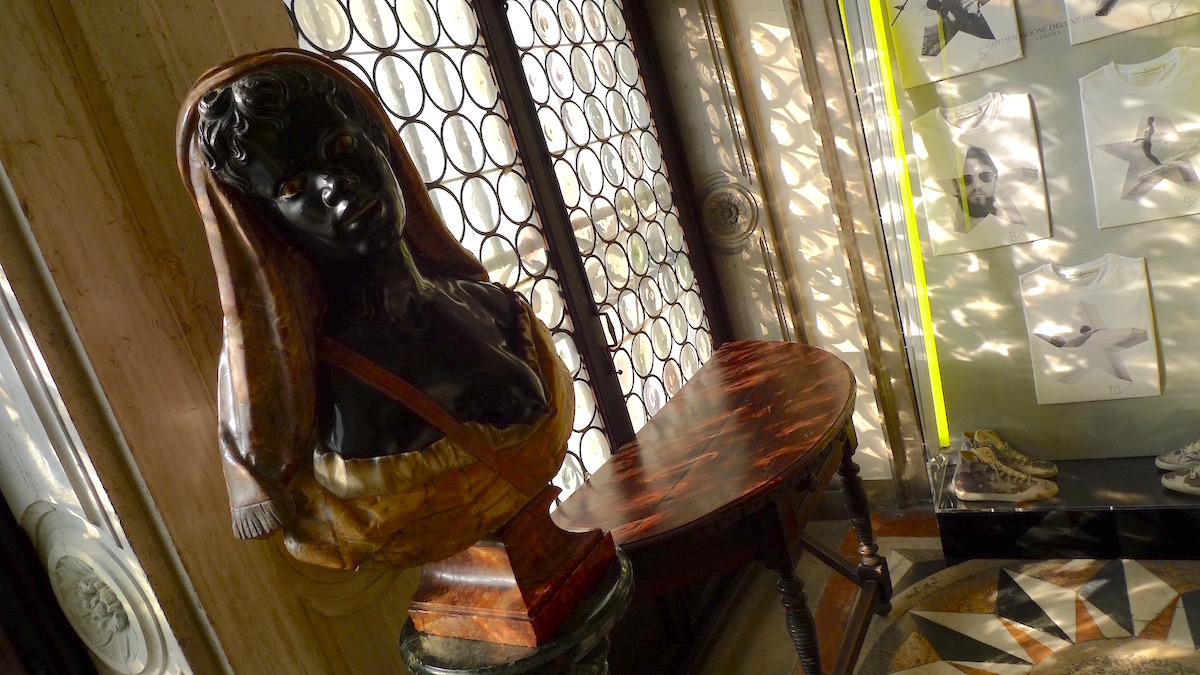
Part of the fun of the Venice Biennale is visiting palaces, neighborhoods and venues you have never seen before. Here, a marble bust of a moor graces the landing of a palazzo where this year, artists from Venice, California sent art to Venice, Italy.
You climb terrazzo stairways going up and up and up, to fabulous views of the city. Dappled sunlight reflects off the water through leaded pale pink windows. You discover threadbare rugs; beamed ceilings untouched since Canaletto’s time with the faintest tracery of gilt-painted scroll work; rococo plaster moldings; gigantic dust-dimmed Murano glass chandeliers; musty canal level entry ways and old somewhat lumpy panes of glass filtering that molto famoso Venetian light.
So, if by chance you get to see some bad, or fair, or fun, or sometimes good and occasionally great new works of art, you feel as though you won the lottery. It is always a pleasure and on rare occasions it is something transcendent. Now there are Art Biennales all over the world, but Venice remains perhaps the best of them and much of this has to do with the timeless beauty of the city itself. More on this in a moment.
This year in Venice, many young artists have discovered a new and fascinating art supply and they are using it with abandon – packing tape. Miles and miles of it binds the Swiss Pavilion together. It adheres to Australia. It cobbles together Brazil and it even stars on TV in sticky High Definition glory. So what does this have to do with my admonition to myself up there about Hotel rooms? Well, I learned something very important about myself at this year’s Biennale. (If an Art show does not provoke self inquiry than it has not really done its job.) I have learned that I usually don’t like Art that is pieced together with packing tape. Call it a personal preference.
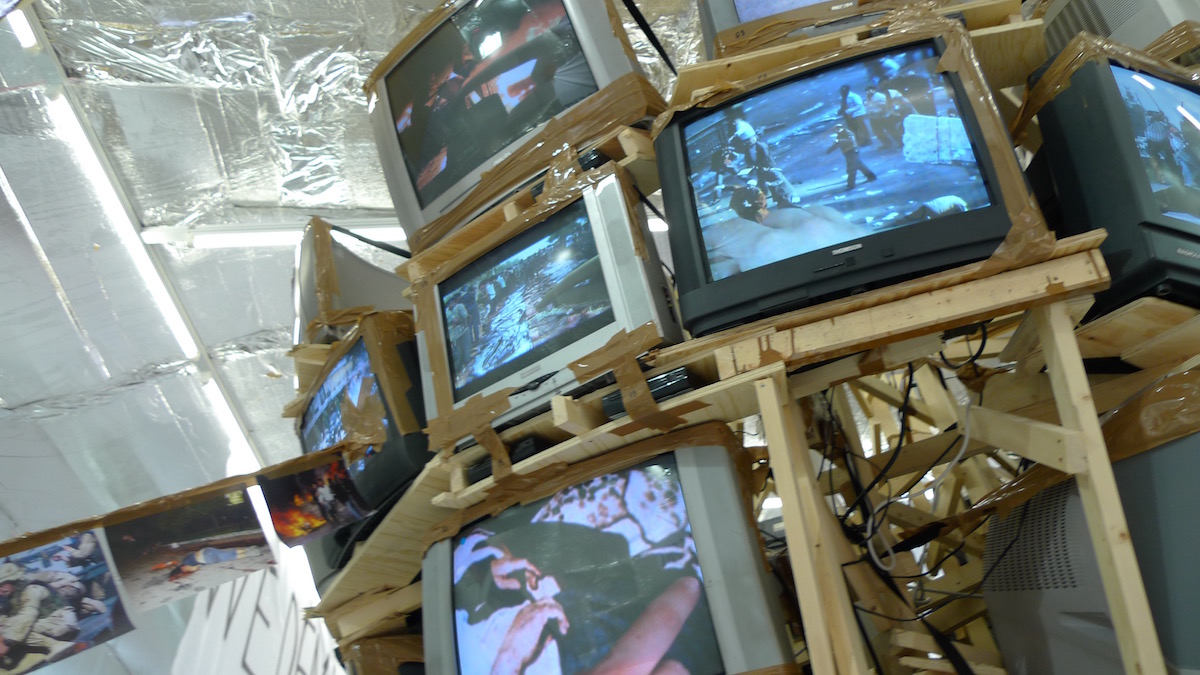
Packing tape binds TVs as they play gruesome war-horror clips in this year’s Swiss Pavilion by Thomas Hirschhorn.
This newly learned aesthetic preference is just like another prejudice I have developed from trial and error; I usually do not like hotels where you can’t remove the hanger from the clothes pole in the closet. I don’t know about you, but I always find that annoying. It indicates the hotel management does not trust me. I’m sure there are exceptions to this, but, if I find those annoying stuck-to-the-rail hangers, it is a red flag that I had better not die in this hotel. In a similar way, when I see packing tape in an Art installation, I have already given the artist a cranky critical demerit and I’m usually not in the mood to look for artistic illumination lurking underneath the oh-so-deliberate trash.
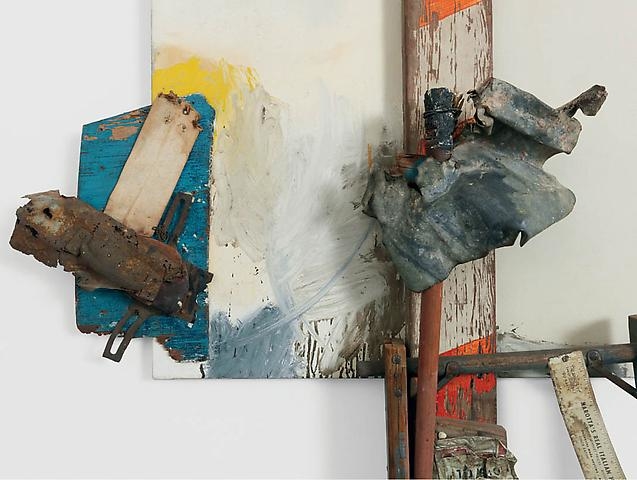
Robert Rauschenberg, “Aen Floga” (Combine Painting), 1962, Oil on canvas with wood, metal and wire. Rauschenberg often combined trash into sculptures. How he magically made these “Combines” so captivating is a mystery but I suppose one good word for it would be, Art.
Don’t get me wrong. I like deconstruction. I think Frank Gehry’s rough edges and Robert Rauschenberg’s “Combines” are brilliant. I’ve made films about these ideas. I can easily see, “The Beauty of Damage.” I’m not saying Art made with packing tape is not Art. I’m just saying I don’t usually like it. For me, Art made without craft or with a deliberate and self conscious resemblance to trash bears a heavy load. Let me give you a couple of examples because I’m wrestling with the issue in my own mind and before I mentally check out of this hotel with the unremovable hangers, your insights will be greatly appreciated.
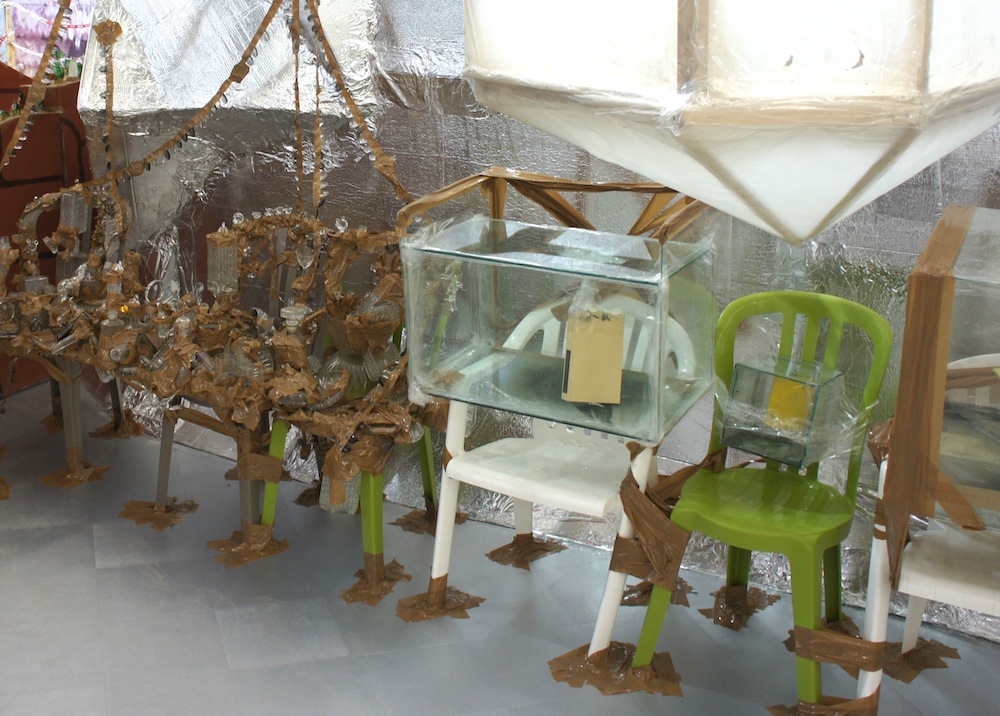
An orgy of packing tape adheres Thomas Hirschhorn’s kitchen glassware on plastic chairs next to a cardboard wall covered in tin foil. Something reminds me of an overdue school project.
The Swiss Pavilion by Thomas Hirschhorn is a good example of what one writer called “glorified trash.” Obsessive compulsive chaos, hard work, but (for me) no liftoff. No magic. Feckless. No insight. No transformation. Obvious and plain in its depressing motives. Valid? Of course. Some knowledgeable friends said it was “deep.” Other knowledgeable friends said it was high-school-level thinking; “War is bad! Wow, What a concept!” This installation, both physically and metaphorically, is hanging on by its fingernails. One acquaintance working there says, “They send me out for more ‘Scotch’ (what Italians call sticky tape) every day!” I’ve come to the conclusion that this is just not anything I choose to explore. (Which is actually not true because I have spent a lot of time and energy thinking about this.) I have learned if I get really turned off by an artist, that there is probably something there. That sense of irritation and disgust means they found a button and are pushing it. So, I did my homework. I visited and then I read the entire artist statement about the Swiss pavilion and visited again. Still no buzz. My knowledgeable friends who also found little glory in the trash, felt the artist statement was wonderfully articulate about the aspirations he totally failed to achieve. This makes it worse in a way. I’ve spent a lot of time thinking about my internal reaction and I’ve concluded that, for me – this is a blind alley. I am left with the irritation of not being able to remove that coat hanger and no matter how hard I try, I just can’t find it charming or even interesting. For me – it just doesn’t work.
Hong Kong Frogtopia, by Chinese performance artist, Kwok Mang-ho, (aka Frog King) is at the other end of the trash art spectrum. It has a potent positive core. He recreated his studio in all its trashy glory. You just have to smile. It is slapdash and deliberately goofy and all of it was made really quickly and with little polish. It feels like graffiti with a heart of gold. Now it is much easier to love something so joyful than it is to love something depressing. But, for me, Frogtopia communicated its fun very directly and quite effectively. All the people working there were having a blast and their energy was charming, infectious and memorable. Just because something like the Swiss Pavilion is depressing doesn’t, for me, make it more significant.
You could argue Frogtopia is lightweight so it soars more easily. But if part of your point is a reverse aesthetic (think a Duchamp urinal) then it might be even more courageous to find the unlikely surprise of joy in trash rather than the much more obvious unease and self evident ugliness.
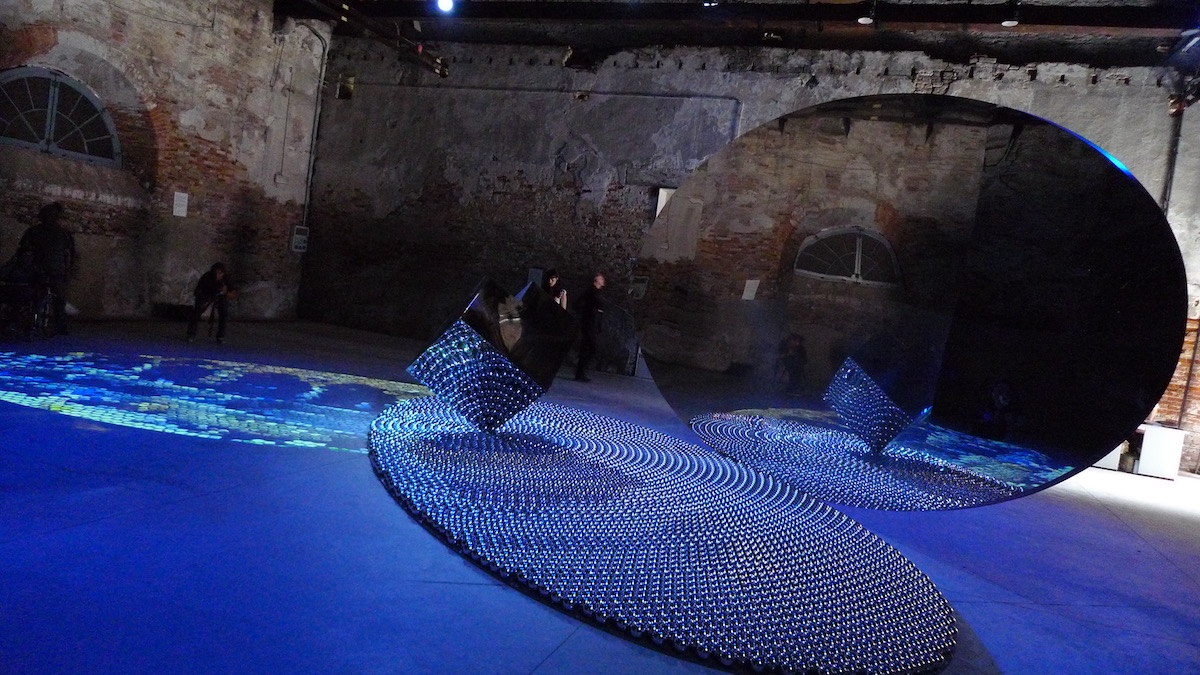
The Saudi Arabian installation in the Arsenale gave an evocation of Mecca and featured projections on the floor, reflective spheres, an up-ended cube and a through-a-glass-darkly oval mirror.
Blogging about all this stuff is very frustrating for me because all of this is by its nature subjective and it is really hard to involve you in the discussion. So much of this art loses so much in translation that the attempt to describe it authentically is exhausting.“ You had to see it” is such a terrible cop-out, that you might legitimately start to question the power of what was seen. Let me give you a really specific example.
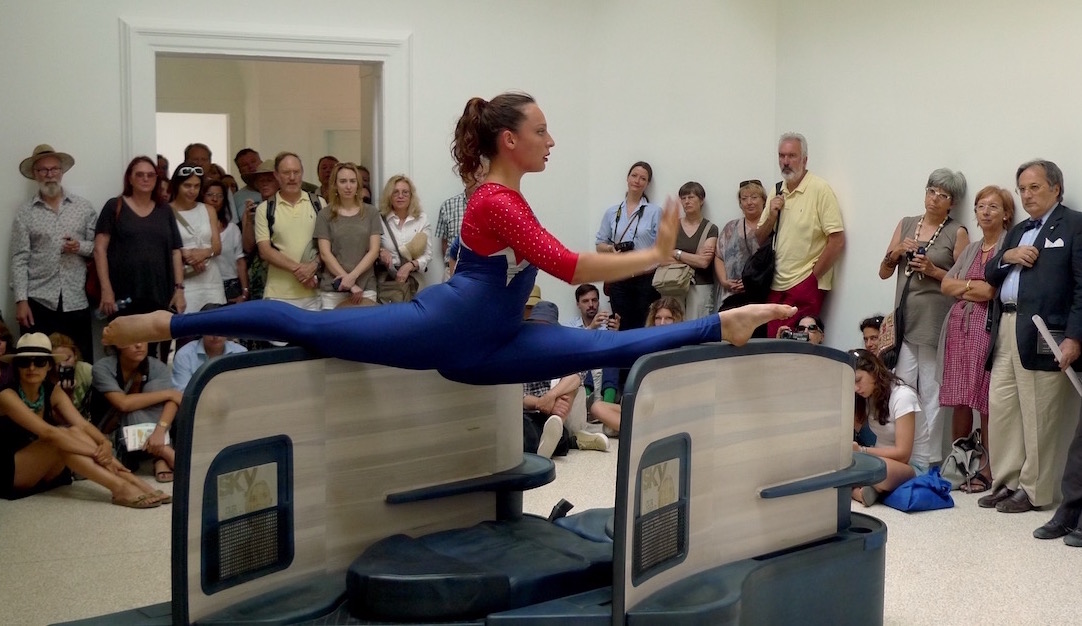
Inside the U. S. Pavilion, a world class gymnast amazes the crowd with a strenuous 15 minute routine that combines athletic performance art with a sculptured replica airline seat. I’ll remember this beguiling piece every time I put “my seat-back into the fully upright and locked position.”
You read about the American pavilion right? It was all over the place. Huge kudos go to the Indianapolis Museum of Art for sponsoring this project. Wow! Did they get their money’s worth. They did more for their reputation and brand with this one triumph than most sleepy museums achieve in decades of academically classy shows. I read all about this project involving performance, sculpture and Olympic level athletes before I left the states. I was utterly bored by the concept. The photos I saw were underwhelming. Even the artist statements I read did not perk my interest at all. So why am I telling you about this? One simple reason; it was among the best things I’ve ever seen at the American pavilion! Finally a sense of humor. This project really cut through the clutter and, in Landscape Architect’s Peter Walker’s unforgettable phrase which, for him, defines what he tries to do with his art; this piece will unquestionably, “live in memory.” Why? The execution was superb.

Outside the U. S. pavilion, “Track and Field”, features an upside down and functioning (sort of) Centurian MK3 tank, a very loud motor, treadmill and an Olympic level athlete who pounds the treadmill in 15 minute performances throughout the day, six days a week for six months.
I venture to say you have never seen a fully operational tank lying on its back belching diesel and making more racket than a Mack truck. On top an Olympic runner runs a treadmill. In concept and description and even in photographs it sounds sort of loony; in the flesh it was unforgettable.
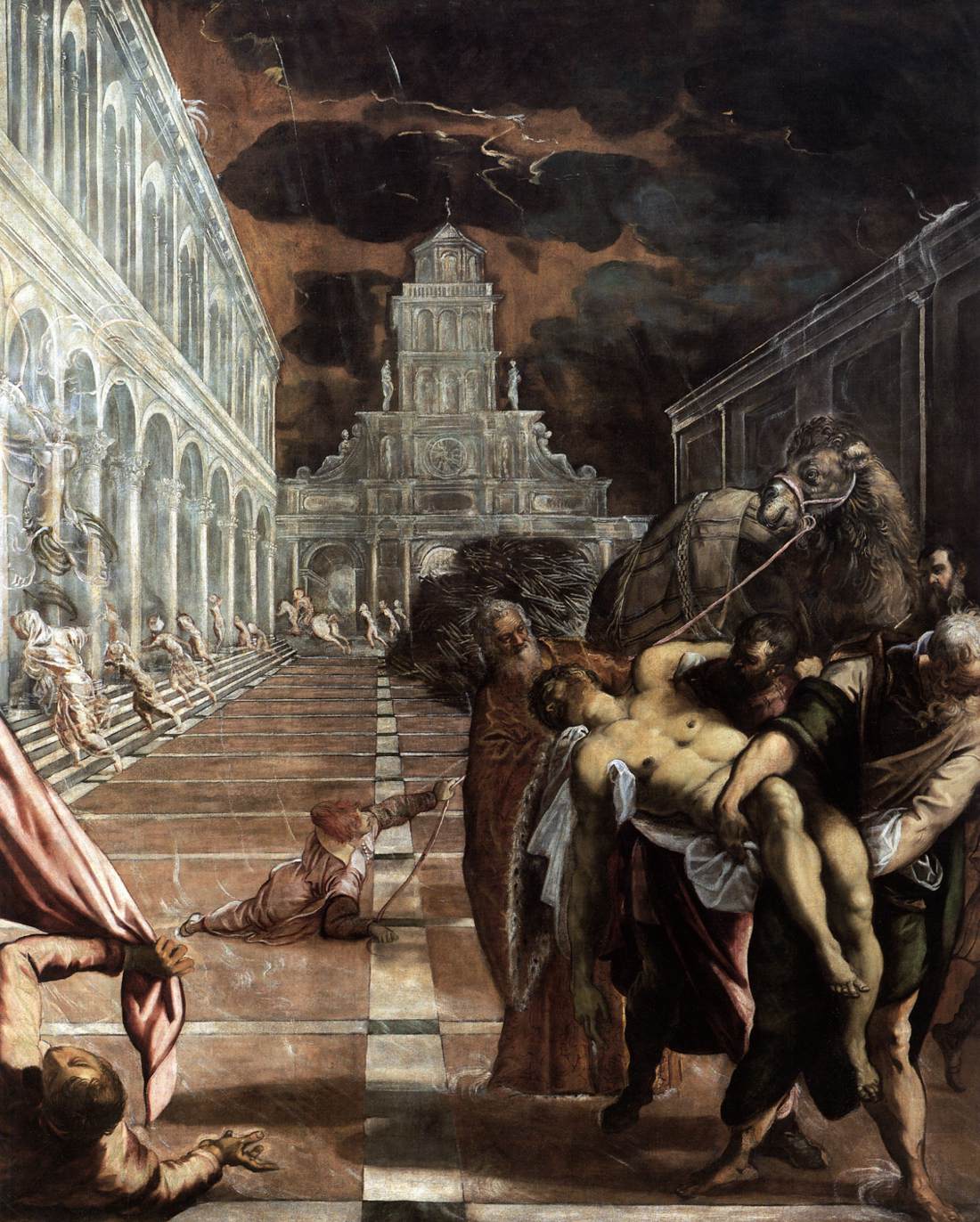
The body of St. Mark brought to Venice, by Jacopo Tintoretto (1518-1594) Oil on canvas, 421 x 306 cm. One of the Tintoretto masterpieces on exhibition by special permission at this years Biennale. Normally this painting lives in Venice’s Accademia Museum.
In closing, I’d like to go back to perhaps the most important thing about the Venice Biennale which may be Venice itself. The fact that this art fair happens here is the one big reason I think it is the best in the world. This year’s curator, Bice Curiger, tried to make this point (I think) in the main entry space to the International pavilion in the Giardini. She hung three masterpieces by Tintoretto (1518 – 1594), one of the most important 16th century Venetian Renaissance painters. Because of the way she did it, you sort of have the reaction – huh? If you hang paintings this valuable you have to have lots of security, creating long lines. This was a really great idea poorly executed.
Her concept for the entire Biennale was Illumination and Tintoretto is a perfect example of this. But to hang three gorgeous Renaissance paintings in a white room and proudly claim, “voila – Illumination!” is facile and did not work for me at all. In one stroke, she managed to trivialize both Tintoretto and the Biennale. If your goal is Illumination, why not give the Tintorettos a dark space and some respectful presentation and some mystery? They were hung just like everything else (sort of like poster art) and they were the real deal. Was this her clever point? Were the guards part of her “performance?” Maybe this could have worked in Miami but here in Venice? You can wander over to the Scuola San Rocco and see so many Tintorettos (in a gorgeous setting for which they were painted) it makes your head spin.
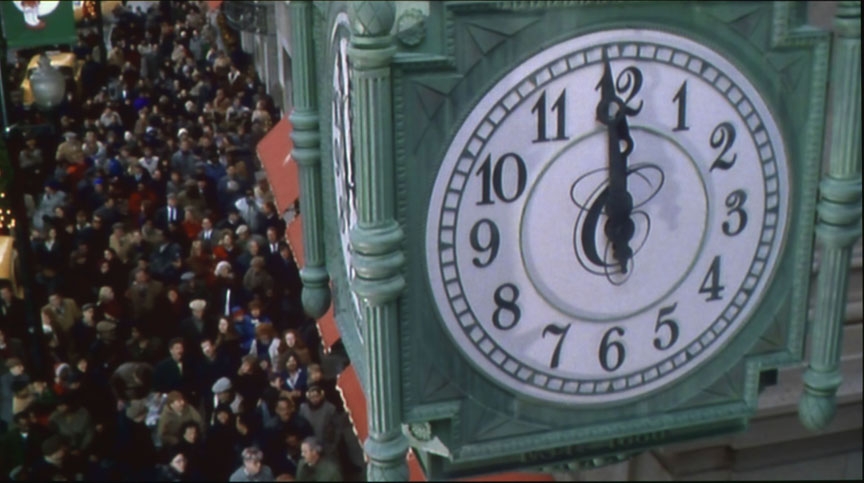
The top prize for the Venice Biennale is the Golden Lion which this year went to Christian Marclay for his brilliant cinematographic triumph “The Clock.” Constructed of thousands of high quality film clips, from a mind boggling number of past and present sources, his vision runs in real time and ticks off almost every minute of a 24 hour day. it was the superb execution which made this good idea truly great.
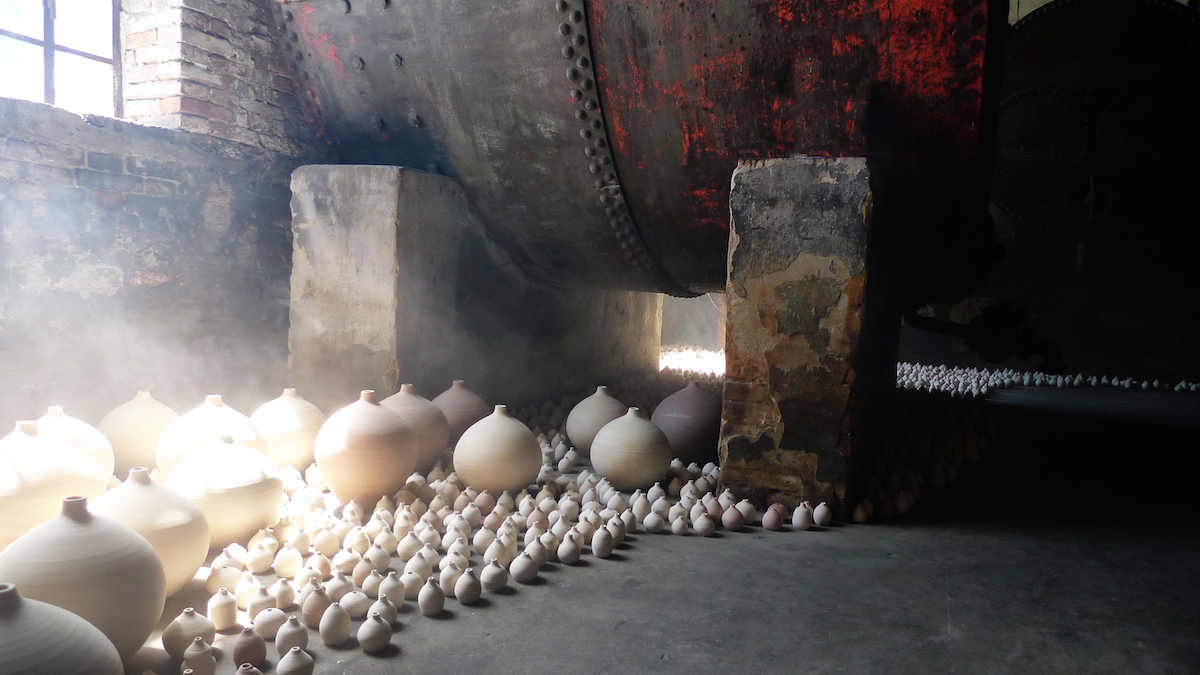
“Pervasion” was the restful and elegant installation created by five artists for the China pavilion. All these ceramic jars contain a light fragrance-infused liquid used in Chinese medicine. Perfumed fog is released every few minutes to complete the zen-like artistic vision by, YANG Maoyuan, “All Things Are Visible”, 2011
Part of the goal is what sticks in memory without the need for packing tape. So, after all this glut of Contemporary Art, and wandering around this gorgeous city to search it out, what (besides the U. S. Pavilion) will I always remember about this year’s Venice Biennale? The superbly crafted video “The Clock” by Christian Marclay which is so well done that you will undoubtedly have a chance to see it. And the refreshingly simple but unforgettable installation of perfumed air at the China Pavilion. I also need to mention two vastly different exhibitions in the outlying venues.
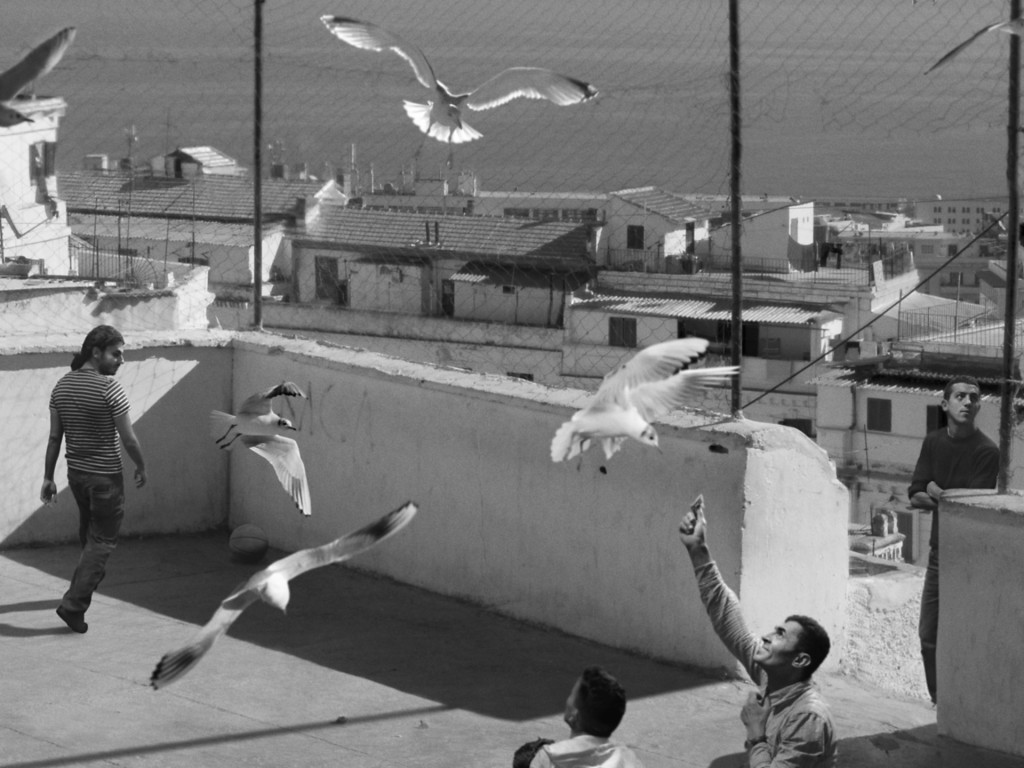
David Claerbout The Algiers’ Sections of a Happy Moment, 2008, Single channel video projection, 1920 x 160, Black and white, Stereo, 37 min.
The first was in an excellent show at Palazzo Grassi. This piece truly has to be seen to be appreciated but David Claerbout has created a haunting video masterpiece by combining over 900 photographs of a single moment into a 40 minute extended montage of pure joy. This piece is not new and will surely make the International rounds so I hope you have the pleasure of seeing it.
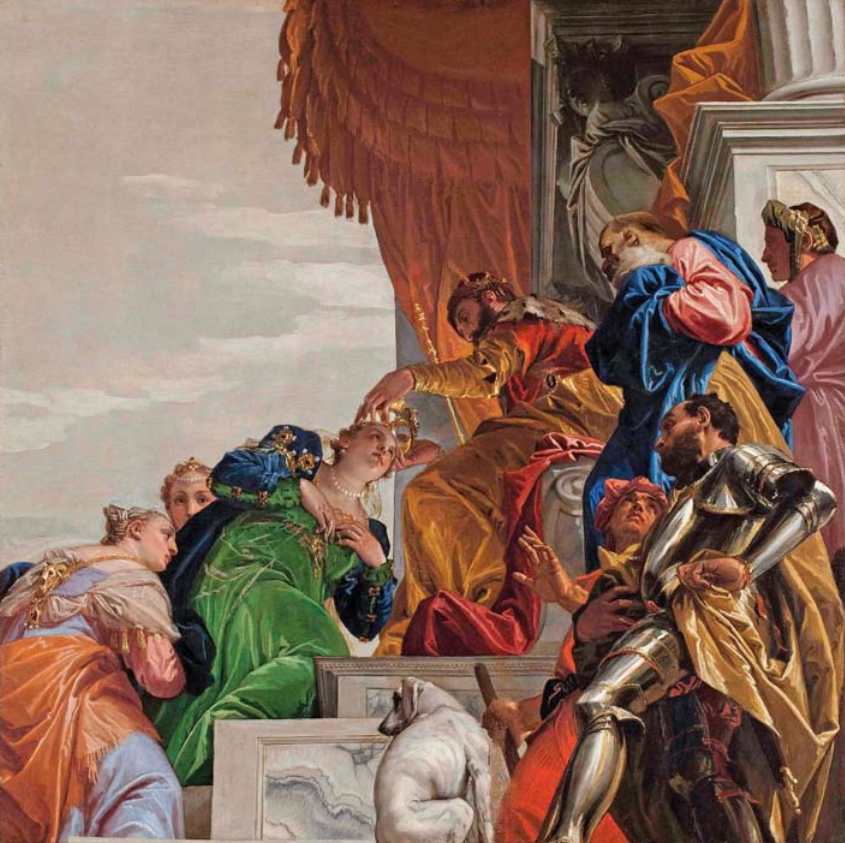
Save Venice Inc. sponsored the two year restoration of three Paolo Veronese masterpieces. This detail is from “The Coronation of Esther” painted for the ceiling of the San Sebastiano church in 1556. Photo by Matteo De Fina. For a fascinating PDF about this amazing project click the photo.
The second exhibition, at the newly restored Palazzo Grimani, examines three masterpieces by another Venetian Renaissance painter, Paolo Veronese (1528–1588). O Dio! This was so amazing, I almost cried. The ceiling paintings from the church of San Sebastiano (where Veronese is buried) were just restored by Save Venice. While the church itself is being restored, they hung these huge, incredibly impressive, canvases on specially constructed easels at the serenely beautiful Palazzo Grimani. The opportunity to get so close to something normally seen from 30 feet away was jaw dropping. Gazing close up at Paolo Veronese’s beatific vision of the coronation of this legendary beauty is a metaphor for the glorification of the city itself. Fredrick Ilchman, curator at the Boston Museum of Fine Arts, explains it much better than I ever could.
“The exhibition offers the once-in-a-lifetime occasion to examine Veronese’s ceiling canvases at the same distance the painter enjoyed as he created them. Following the treatment sponsored by Save Venice Inc., the paintings appear far closer to the artist’s intentions than they had for more than a century. These fully autograph paintings show Veronese at a new level of mastery and should be seen as a watershed in the development of the Venetian ceiling. This exhibition allows us to be present at Paolo’s breakthrough.”





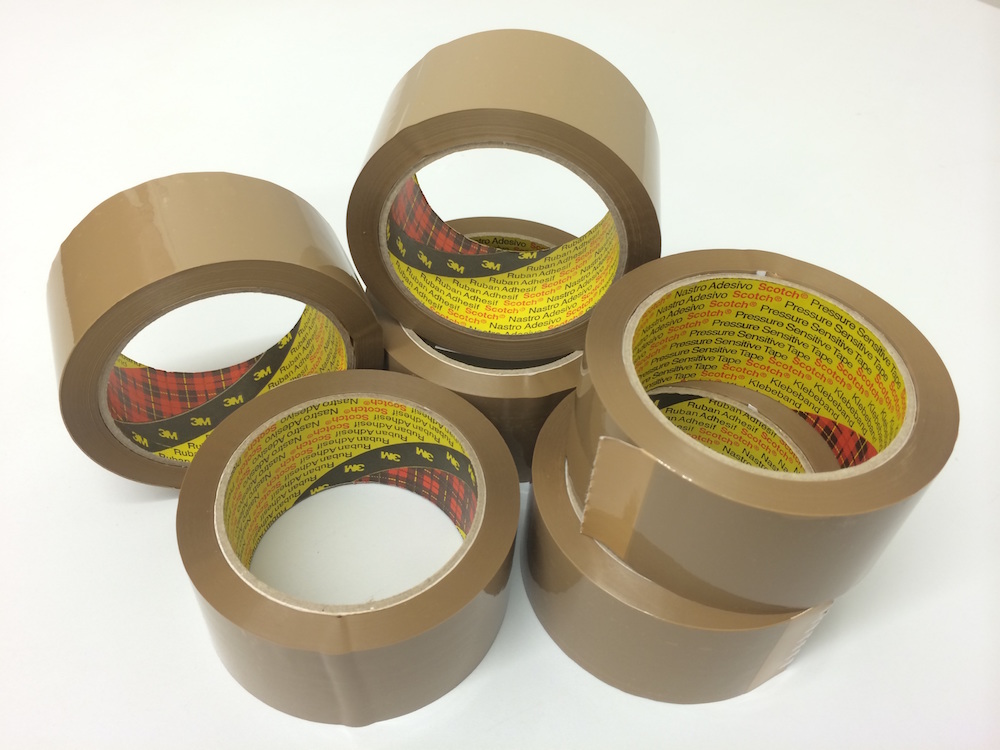
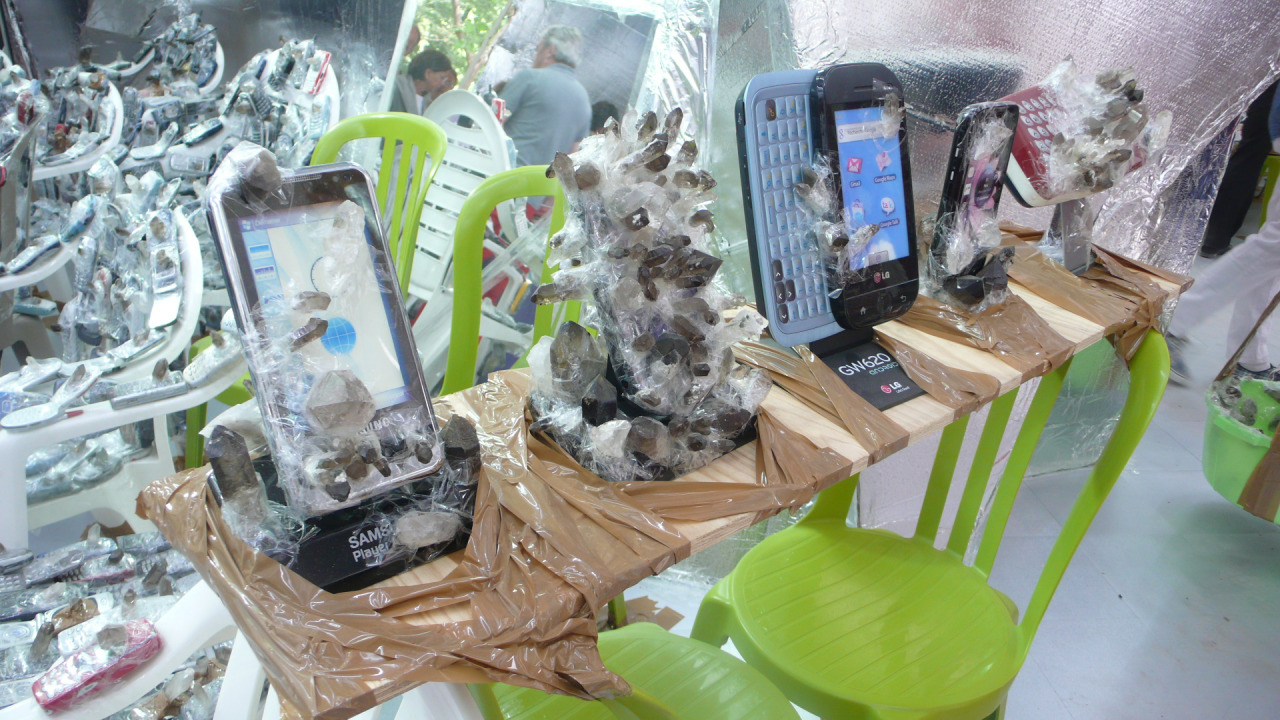
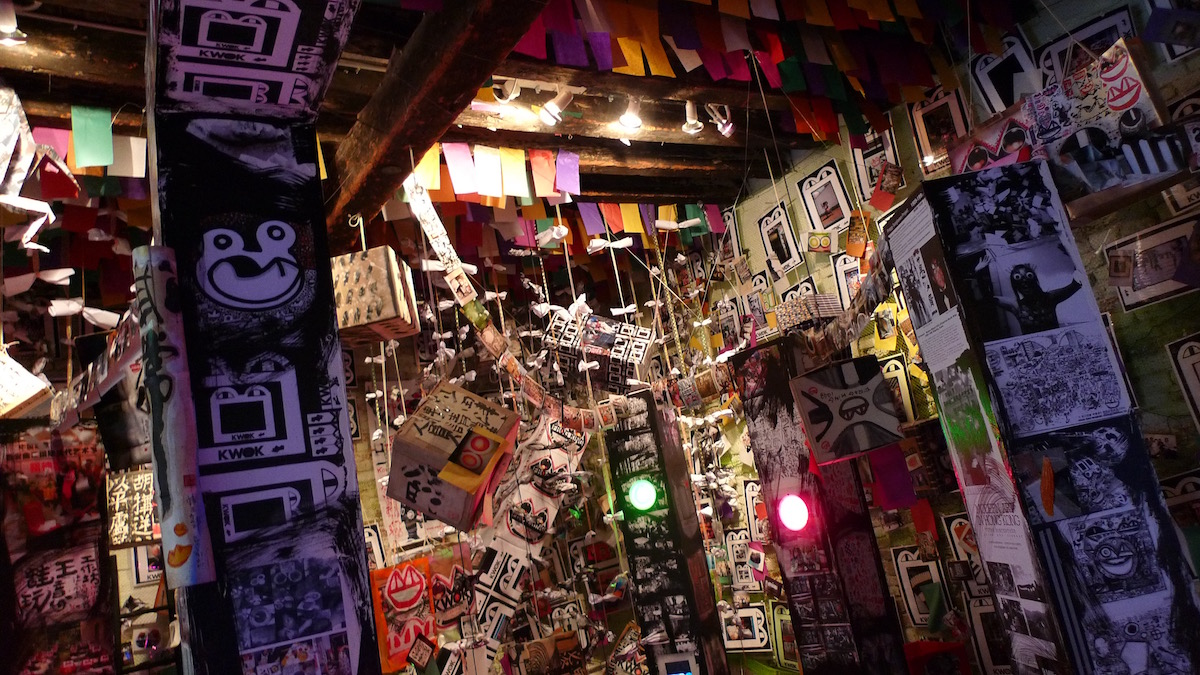
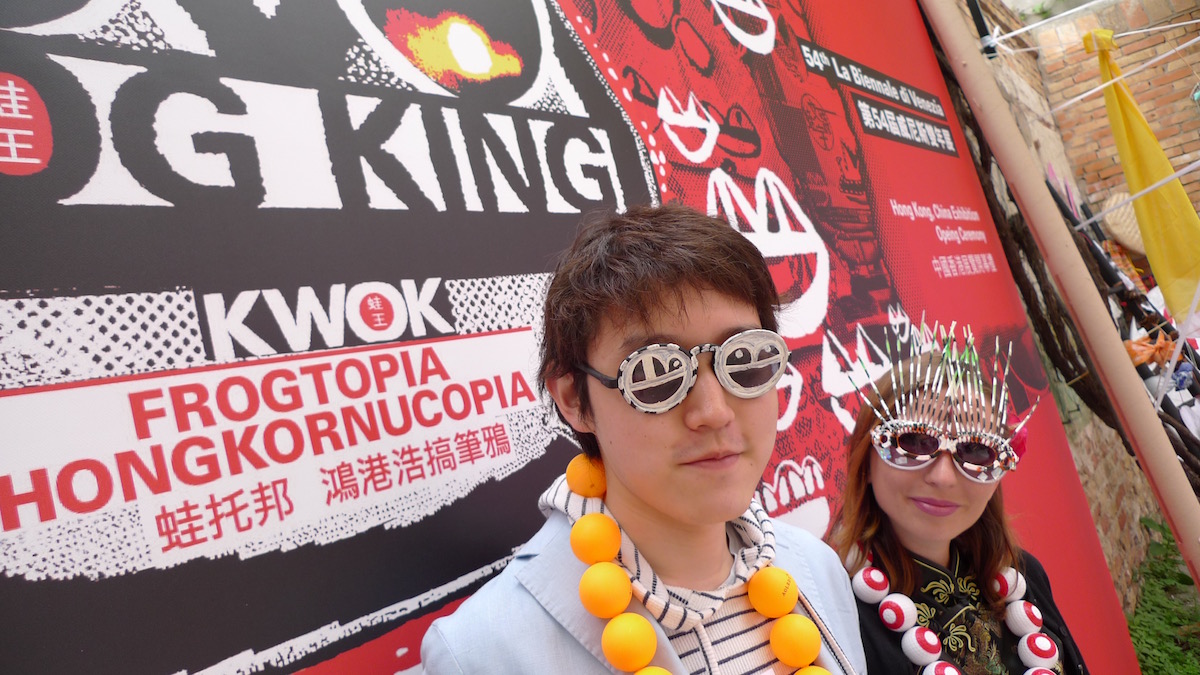
7 Comments
A fascinating perspective, written so evocatively. Oh, to have been in your pocket as you explored Venice.
Location, location, location..As you mentioned your preference that you wouldn’t like to stay in a hotel room where you would feel ashamed to die, I feel as an artist, that Venice certainly would be the perfect place for a piece of art’s final resting place…or at least, to be seen last. Obviously the company of a less successful display of art may lower the level of a show, but I bet a lot of these are forgotten when one sees the restoration of Veronese’s “Coronation of Esther” you kindly shared on you blog…and of course, sharing all the space in magical Venice!
Thank you Tom for keeping is posted with the latest art news!
Best,
Juan
Love the photos and the text. Particularly like the treadmill tank. Eye-catching and possible to interpret in so many ways.
PS—I forgot to mention the rape of the Sabine women in wax, and with the dripping melting like sleet or raindrops summating at an angle. I loved this piece, felt great love for it, and wonder and admiration. It made me think of how time wears away even marble, how candles melt at both ends, and the marvelous line from Viktor Frankl, “what gives light must endure burning”. I think it is a miraculous work. I hope for others that it symbolized as it did for me, the healing of rape, torture, the horrors of war. Like dripping candles, in silent midnight prayers. Thanks for the one image of it, with the feel of frozen tears. Love, martina
Dear Tommaso,
Fascinating review. I love the Chinese fragrance bottles– so gloriously white ceramic, like eggs, with little eggs near them, and the idea that they spray the fragrance of herbs which are healing. I loved the light on them. I agree about packing tape. In general, I also do not like things which look like trash, and you have to overcome my dislike to make me think there is an artistic reason for this piece. I do agree with Larua about the Julian Schnabel piece, though, because blood always rivets me, and I do not want to see it spilled! The tank with the treadmill is really interesting; I would hate it, but can see it would not leave my memory alone. Likewise, the airline seat setting with gymnast doing perfect splits. I would love to have seen the Veronese ceiling up close. I wish I could have just walked around Venezia with you. I would like to see the light in the old glass windows, and the dusty chandeliers, and the ancient sumptuous rooms. I like it that Venice California sent a show to it’s sister city. I would like to watch the pigeons take off from in front of the cathedral San Marco. I want to go look at the Tintorettos. I completely agree with you about the hangers that the hotel is afraid I will steal, so makes me awkwardly try to drape my clothes onto them. On the other hand, I do not care whether I die in such a room– only hope that the light is still good at the end of the day! Today the light here was lovely, and then it started to rain– so we have that mystical, misty light of late afternoon filtered through and around redwood trees. There are white roses leaning over the blue banister on the deck, and no packing tape in sight! About art, I can say that I do prefer the beautiful to the ugly, and the classical to the kitschy. Did you read the book “The Master” by Coim Toibin? (I think that is the name?– it is about Henry James in Venice). Gorgeous. Love and thanks, martina
v.s.
The question I ask about art these days is the same one I ask about most things in my life: “Is this a good use of my time or not?”
Barbie in foil and packing tape (From the Swiss Pavilion by Thomas Hirschhorn) – not so much.
Direct hits to the gut and heart from Julian Schnabel – absolutely.
Laura
THANK YOU Tom for the comprehensive, honest “in the moment” perspective of the Venice Bienalle. You inspired me to return to my studio self assured to make art in search of beauty, distressed or otherwise but definately not using tape.